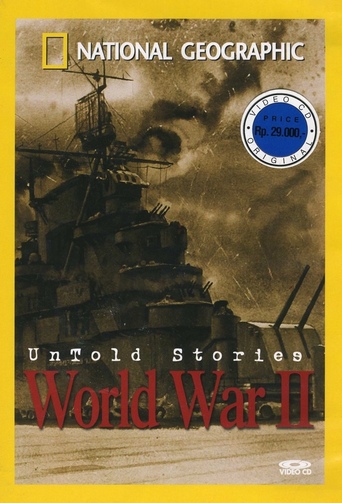Robert J. Maxwell
The three elements of the war that are covered are (1) the destruction of the Nazi's heavy water in Norway; (2) the Japanese midget submarines and their fate at Pearl Harbor; and (3) the Kamikaze attacks late in the Pacific War.There were three attacks on the heavy water plant hidden away on a mountainside in Norway. It was difficult to damage it because of its location but it was extremely important because German scientists intended to use heavy water (D2O) as insulation in processing radioactive materials to be used in a nuclear bomb.The first attempt was a disaster. A handful of Norwegian commandos from England parachuted onto the isolated snowy mountain field and lighted fires to guide gliders. The gliders, and the bombers towing them, missed the landing site, crashed, and all aboard were killed -- outright or by execution. The Norwegian commandos were stranded and survived only by shooting one reindeer and eating a porridge made of reindeer blood, brains, and stomach contents. Served at room temperature with a robust red wine, not really.A second, successful attempt was made to sneak into the plant by the commandos, reenforced by additional paratroopers. They held a Norwegian clerk at gunpoint while setting the demolition charges. The clerk pleaded with them. They could blow up the plant but could they help him find his eyeglasses? Glasses were very hard to come by in wartime Norway. So while the charges were being set, the clerk and his captors searched the office until the missing eyeglasses were located. The damage was only temporary.A third attempt was made by 176 B-17s who tried to bomb the plant. Most of the damage was to nearby civilians and the heavy water went untouched. By this time, the Germans decided to move the heavy water to Germany itself, but the store was destroyed when the commandos blew up the public ferry carrying it -- and many innocent Norwegian civilians -- across an icy lake. The ferry, its cargo, and its passengers sank within minutes.The attempts to destroy heavy water are shown in what appears to be a post-war Norwegian movie about the event. Surviving commandos describe their experiences.There are no survivors of the five Japanese midget submarines deployed at Pearl Harbor. None did any damage. All but one were sunk. The last drifted until it washed ashore and its captain became Prisoner of War Number One.The tone of the narrative describing the Kamikaze attacks in the final months of the war is somewhat retrogressive. The attacks are described as "incomprehensible," the pilots as "fanatics" who are "eager to die." That doesn't promote our understanding of their motives much. One of the Japanese talking heads also described the situation as "incomprehensible" -- now that the war is over -- but it's probably easier for a person to entertain contradictory attitudes if he has been influenced by Zen Buddhism. This is the longest segment of the program, probably because so many people on both sides were involved that there are many surviving participants to comment, and because there is an abundance of combat footage of the kamikaze attacks.

